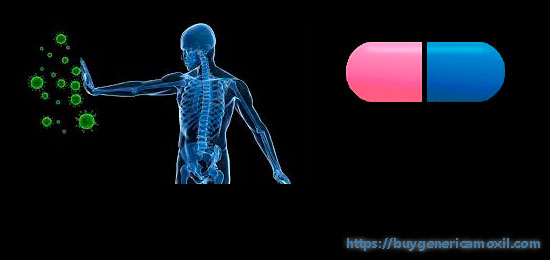There are strong links between the nature of nutrition, the development of the child and the state of his immunity. The scientific justification of these relations has been formulated in the last 15-20 years. However, if developing countries are characterized by the problem of protein and energy deficiency (actually starvation), then in countries with developed and socially oriented economies, a deficiency of vitamins and trace elements, as well as the use of antibiotics, is possible. Antibiotics and immunity: micronutrient deficiency through changes in the transcription of pro-inflammatory genes affects immunity and is directly associated with high infectious morbidity. This justifies the problem of preventive and curative substitution with vitamins and trace elements, especially in the most vulnerable groups – among children who are often ill and children with chronic diseases.
Immunity and antibiotics: Pathophysiology
Eating disorders lead to a lack of body weight, stunting, slowing the maturation of the body, impaired neuropsychiatric development, anemia, early manifestation of osteopenia and osteoporosis. There are violations of immunity. Moreover, it affects not only the protein-energy deficit, but also the deficiency of vitamins and minerals. In particular, the synthesis of cytokines decreases, phagocytosis and proliferative activity of lymphocytes suffer, the concentrations of C3 and C5 components of complement, immunoglobulin (Ig) G and secretory IdA decrease, physiological barriers (mucosa, skin) disintegrate, and the composition of mucus is disturbed. Violation of the CD4+ / CD8+ratio is proved. The concentration of proinflammatory cytokines, in particular interleukin (IL) 6, increases, which leads to the development of the infectious process.
In the experiment, information was obtained about the effect of a deficient diet on the immune system. Mice with selenium and vitamin E deficiency and, accordingly, oxidative stress were injected with a conditionally pathogenic low-virulent virus. Severe inflammation developed, the individual died, and the virus isolated from it turned out to be highly virulent. That is, with a deficiency of selenium and vitamin E, the virus mutated. In the control group of mice that received a full diet with selenium and vitamin E, the introduction of a conditionally pathogenic low-virulent virus passed without a trace, and the virus released by them did not differ from the one introduced. But if these same mice were infected with a virus that acquired pathogenic properties when passing through mice with a deficient diet, the mice in the control group died, and the same highly virulent virus was isolated from the dead individuals.

It is logical to assume that the same mechanism will be involved in the human body. To test this hypothesis, individuals vaccinated with the live polio vaccine were given selenium and the polio virus was isolated from the feces. The degree of mutation of the isolated virus was low, it did not differ from the vaccine strain. In the control group, patients who did not receive selenium, the degree of mutation of the virus was significantly higher. Thus, a deficient diet or oxidative stress create ideal conditions for mutation of pathogens with a sharp increase in their virulence.
Immunity and antibiotics – Particular problems
For countries with developed economies, the primary importance is not a protein-energy deficit, but a lack of vitamins and trace elements in the diet. It is also a problem to use antibiotics (for example, amoxicillin) when it is not necessary. The latter is associated with defects in food culture, environmental problems, malabsorption (allergic diseases, intestinal infections), frequent respiratory infections in children who are in organized groups, etc. In this regard, we present the most important, in our opinion, aspects of vitamin and trace element deficiency.
Opportunities for correcting vitamin and mineral deficiencies
Taking into account the prevalence of vitamin and mineral deficiencies, there is a problem of their adequate correction in children and adolescents of different age groups. Immunity and antibiotics are closely linked. It is necessary to adhere to the age dose corresponding to the duration of the course. Optimal use of a complex preparation.
In modern conditions, complex preparations containing vitamins and minerals are used, which provides a synergistic effect. A complex drug should be characterized by an optimal cost-effectiveness ratio. Preventive administration of vitamin and mineral complexes contributes to the improvement of children’s health and to the reduction of morbidity.
Each vitamin and trace element has an irreplaceable value. According to the law of the limiting factor, Liebig’s law, the most significant factor for the organism will be the one that deviates as much as possible from the optimal value. From this it follows that it is necessary to compensate for the deficit of all factors. This problem is of particular importance in pediatrics, where the use of vitamin and mineral complexes with the inclusion of polyunsaturated fatty acids and choline is most justified.